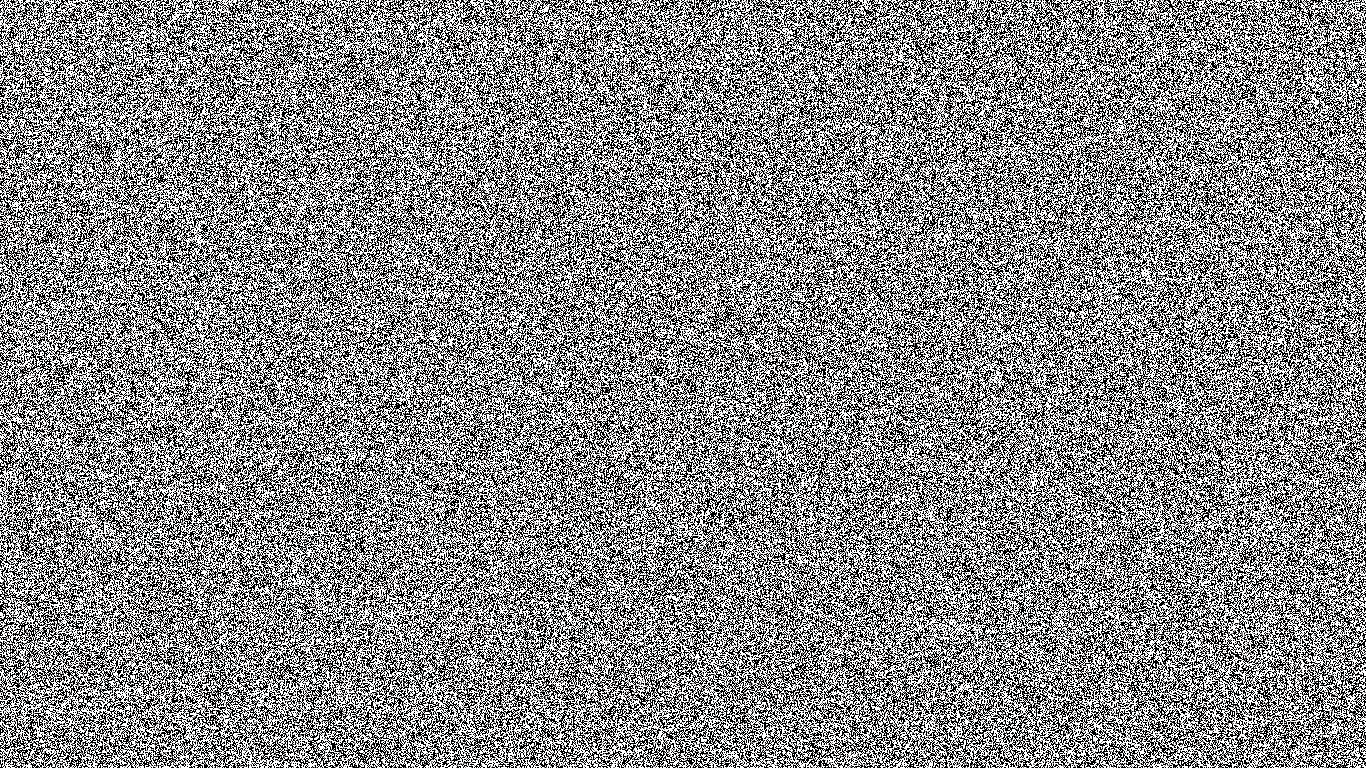Affirmation
Art channelBreathing Scores

The scores titled “RELEASE” [“UJŚCIE”] and “HOMEOSTASIS” [“HOMEOSTAZA”] are musical pieces featuring nothing but breath. They were composed with a particular purpose, namely to generate a transforming experience in their users. Performing the scores may provide a valuable support to everyone struggling with stress or fear, often as a result of suffering violence. “RELEASE” and “HOMEOSTASIS” are supposed to help you relieve your feelings and develop the ability of self-regulation so that you can achieve a proper balance between excitation and inhibition.
***
In order to read the scores, it is necessary to understand the Breathing Alphabet which is a form of a completely new language based on breath; such a language may influence both psyche and body in a number of non-trivial ways. Particular signs of the alphabet were designed to systematically represent different variants of human breath. Sound structures, frequency, amplitudes and rhythm of the scores are all determined by the processes originating in the human body. The duration of a single performance is not fixed and depends on the breathing rate. Since the only artistic material that is needed is the air that we all breathe, the scores may be performed by everyone.
***
Every time we find ourselves under stress or experience strong emotions, we start to breathe differently. The primal response to stress and fear (fight, flight or freeze) is linked to the stimulation of the sympathetic nervous system which prompts us to act and, as a consequence, makes us breathe faster.
In contrast, when we try to relax and regenerate, the parasympathetic nervous system helps us slow down and deepen our breath. As it turns out, by altering the depth and rhythm of our breath, we may intentionally switch the operating mode of the nervous system from excitation to relaxation and regeneration.
Violence is a highly complex social phenomenon. Everyone experiencing, witnessing or inflicting violence is somehow affected by its all-encompassing negative influence; it reflects unequal power relations, and generates the sense of danger and anxiety. Everything that we experience leaves its mark on the body by modifying our reactions to particular stimuli; as a result, the autonomic nervous system develops a given type of response to a stressful event. In the case of violence, the unpredictability of such experiences and the accompanying feeling of lack of control increase the impact of stressful events on our mind and body. While experiencing short-term stress stimulates the sympathetic nervous system and mobilizes us to take action, living under a constant threat may permanently paralyze the regeneration processes. The “fight, flight or freeze” response gets triggered even when the threat is no longer present. In this way, violence is able to severely disrupt and disorganize the functioning of our nervous system.
Moreover, the long-lasting exposure to violence is particularly destructive, for it often entails difficult and powerful emotions, such as the feeling of helplessness, powerlessness, and anger. By practicing conscious breathing, it is possible to soothe our body, anchor ourselves to the present moment and regain the sense of control.
In many therapies, for example EMDR (Eye movement desensitization and reprocessing − an effective method of treating traumas), breathing is considered one of the techniques of self-control. It fosters our awareness of the automatic bodily processes, facilitates recognition and regulation of emotional states, and constitutes a valuable tool for managing our negative responses.
/When discussing the relation between violence and breath, it is important to take account of the air pollution which has a detrimental effect on our nervous system and reflects the unequal power relations existing in society…/
Performing the scores titled “RELEASE” and “HOMEOSTASIS” makes it easier for you to calm down during stressful situations.
The breathing score “RELEASE” helps you relieve tension, soothe intense emotions, and lower the level of excitation.
The score “HOMEOSTASIS”, soothing in its effect, consists of three complementary parts. The first sequence features diaphragmatic breathing with gentle inhales and prolonged exhales; such a technique lowers the activity of the sympathetic nervous system while stimulating the parasympathetic nervous system. It also reduces the stress reaction and induces the state of relaxation. The remaining sequences stimulate the vagus nerve by employing the technique of breath retention which soothes the nervous system and eases panic or anxiety attacks.

